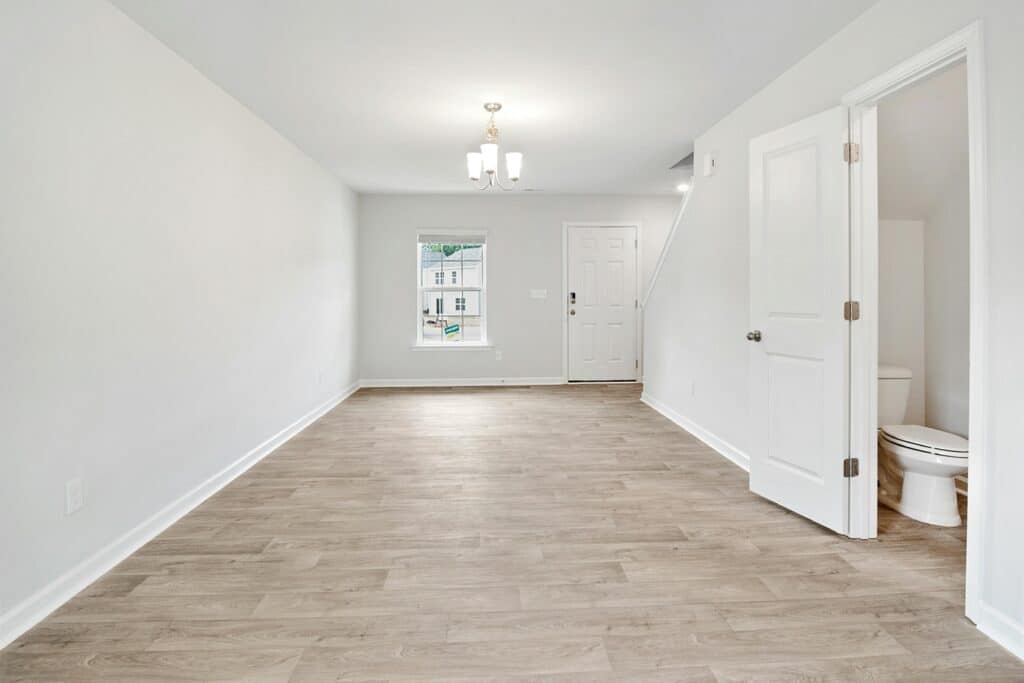Keeping staging inventory organized and ready helps real estate pros move fast and impress clients.
In real estate, first impressions matter. A beautifully staged home can make the difference between a quick sale and a long wait. Behind every stunning setup is a well-planned system that keeps staging furniture, décor, and accessories ready to go at a moment’s notice. Real estate pros know that being prepared means more opportunities and less stress.
Staging inventory is more than just extra furniture. It’s a collection of carefully chosen pieces that help buyers picture a lifestyle. Keeping that inventory organized, clean, and easy to move allows agents and stagers to focus on what they do best—creating spaces that sell.
Observation:
Many staging teams lose time searching for missing décor or transporting damaged pieces. A clear system for storage and handling solves these problems, letting real estate pros respond faster to new opportunities and present each home at its best.
Why Inventory Matters
Staging inventory is one of the most valuable tools for real estate professionals. Having furniture, décor, and accessories ready to use can turn a plain room into a warm, inviting space that sells faster. But this inventory only works when it’s stored, tracked, and maintained with care. Without organization, staging can become stressful and time-consuming, making it harder to react quickly when a new property hits the market.
When everything is ready to go, staging feels effortless. Instead of hunting for missing chairs or wrinkled linens, professionals can focus on presenting the property beautifully and closing deals faster.
Expert statement:
A professional home stager explains that a well-managed inventory saves hours on each project. It reduces setup time, prevents costly damage, and allows for consistent quality. The smoother the preparation, the more polished and professional the final presentation looks to potential buyers.
Common Staging Challenges
Many real estate teams underestimate how quickly staging inventory can become disorganized. Pieces get mixed up between projects, décor goes missing, or fragile items break during transport. A rushed setup can lead to mismatched designs and last-minute improvisation, which lowers the overall impact of the staging.
A better way to handle these challenges is to treat staging inventory like an active asset, not just stored furniture. Clear labeling, proper storage, and simple tracking methods can save valuable time. When staging is consistent and stress-free, the entire process feels smoother, and the final results look more professional and cohesive.
Organized Storage Systems
Real estate professionals often have similar questions when it comes to storing and managing staging inventory. Here are a few of the most common concerns with clear, simple answers.
How can I keep staging inventory organized?
The best way is to group items by type, style, or room use. Label everything clearly, store fragile items with extra protection, and keep a simple inventory list to avoid confusion between projects.
Where can I store extra staging furniture and décor?
When your office or warehouse gets too crowded, using local storage units in Edgewater fl can provide a safe, flexible solution. This frees up valuable workspace and makes it easier to find items quickly when new staging opportunities arise.
How can I protect fragile items during storage?
Wrap delicate décor in padding, use sturdy containers, and avoid stacking heavy items on top. This small effort keeps everything in good shape for the next showing.
How do I make sure I don’t lose items between projects?
A basic tracking system—either digital or on paper—can prevent inventory from getting misplaced. Checking items in and out helps keep everything accounted for.
Moving Pieces with Ease
Managing staging inventory is a lot easier when there’s a clear system for moving items quickly and safely. Here are some simple tips that make the process smoother and less stressful.
- Group staging pieces by style or room function.
- Use rolling carts or dollies for heavy furniture.
- Store décor in stackable, labeled bins.
- Keep fragile pieces wrapped and separate.
- Track inventory before and after each use.
- Train your team to follow the same process.
- Schedule quick checks after each project.
Benefits vs risks:
The benefits include fewer damaged items, faster setup, and less stress before showings. The risks come from rushed handling or disorganization, which can lead to breakage and wasted time. A simple plan keeps everything in order.
Protecting High-Value Items
A small real estate staging team once struggled with their growing inventory. They had great furniture and décor, but as more homes were added to their workload, things started going missing or breaking. Couches were scratched during transport, accent pieces got misplaced between projects, and setting up new homes became stressful instead of exciting.
They decided to rethink their entire approach. First, they organized everything into categories and labeled every piece clearly. Then they created a simple storage system with specific sections for furniture, décor, textiles, and accessories. Fragile items were wrapped and stored separately. They also trained their team to follow the same packing and unpacking routine at every project. Within a few months, the results were clear. Their setups became faster, nothing went missing, and the staging always looked polished and consistent.
Key takeaway summary:
A clear, structured system protects high-value staging items, saves time, and builds professional confidence. When every piece has its place and team members know the process, staging becomes less stressful and more efficient. Real estate professionals can focus on design and selling instead of searching for lost items or replacing damaged pieces.
Final Thoughts
A well-managed staging inventory can be the difference between rushing through a showing and creating a memorable experience. By organizing, labeling, and protecting each piece, real estate professionals keep their staging process smooth and dependable.
The smart way real estate pros keep staging inventory ready isn’t about having the most items—it’s about managing them with care and intention. A clean, organized system behind the scenes leads to a stronger presentation in every home.

